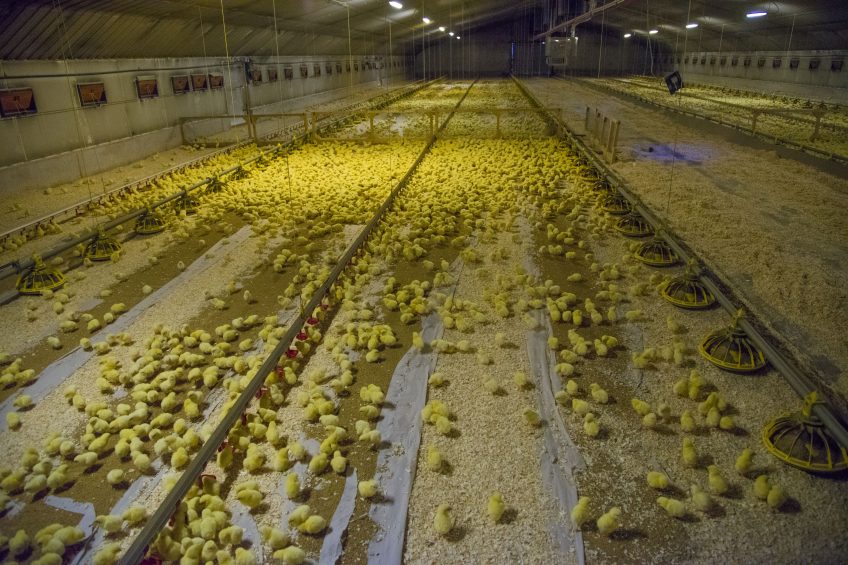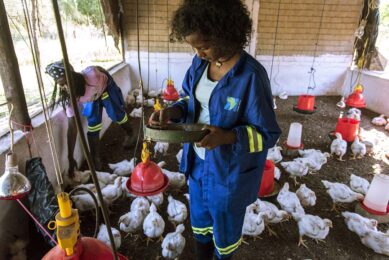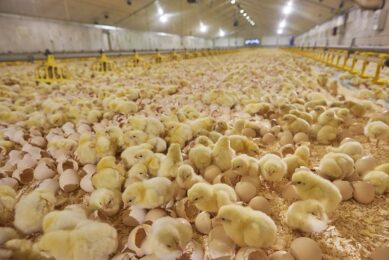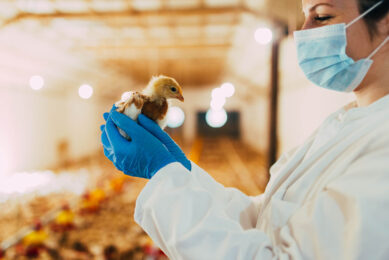Red Tractor revises rules for poultry farmers

A revised set of standards for Red Tractor assured poultry farms and hatcheries will be posted to scheme members in July.
Producers will have to follow the new guidelines, which have been drawn up and reviewed by farmers, retailers, vets and other industry experts, from October.
“Although the poultry industry has come a long way, there is a continued need for all livestock sectors to reduce overall antibiotic usage and promote responsible use,” says Philippa Wiltshire, industry and regulatory affairs manager.
“The standards have been updated to reflect that.
“Vermin control has also been strengthened to allow assured producers to continue to buy professional rodenticides without the need for further training.”
The process of reviewing standards takes place every three years so that the production standards UK farmers adhere to matches what consumers expect and demand.
It also reflects changes in best practice as the industry evolves.
With avian influenza still front of mind, biosecurity protocols have been strengthened across the board.
The environmental protection section is now more appropriate for livestock farmers and for ease of navigation has been divided in to 2 areas; the responsible use of agri-chemicals and nutrient management.
A summary of the main amendments are:
Antibiotics
Broiler producers must only use antibiotics to treat a problem, and total antibiotic use should now be recorded in mg/pcu*. The use of third and fourth generation Cephalosporins, Glycopeptides and Colistin are not permitted, but Macrolides and Fluoroquinolones are allowed if backed up by a vet and with written permission from the company purchasing the birds.
*Miligrammes per colony forming unit
Chick records
Red Tractor assured hatcheries must now only handle assured eggs to reduce any reputation risk to the scheme of non-assured eggs being supplied to producers. The requirement for producers to keep robust traceability records has also been beefed up.
Home-grown feed
Records of how and when farmers treated home-grown grains for salmonella before feeding must be kept.
Rodenticide use
Routine baiting is not allowed and must only take place where evidence of rodent activity is found. A map of the farm should show activity and a bait plan kept detailing any action taken. A simple risk assessment of where watercourses are and any populations of non-target species should also be carried out and recorded.
Biosecurity
A biosecurity plan or policy must exist for each assured poultry farm, and it is recommended that there be a defined boundary around each site to control the entry and exit of vehicles and people. Vehicles should be disinfected on exit as well as entry.
Environmental protection
Inorganic fertilisers should be stored on hard, dry surfaces away from flammable materials, and all application machinery should be checked annually.
Join 31,000+ subscribers
Subscribe to our newsletter to stay updated about all the need-to-know content in the poultry sector, three times a week. Beheer
Beheer








 WP Admin
WP Admin  Bewerk bericht
Bewerk bericht